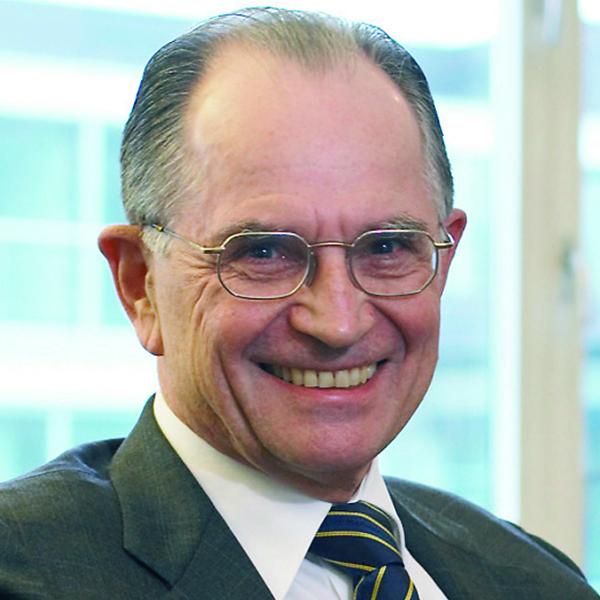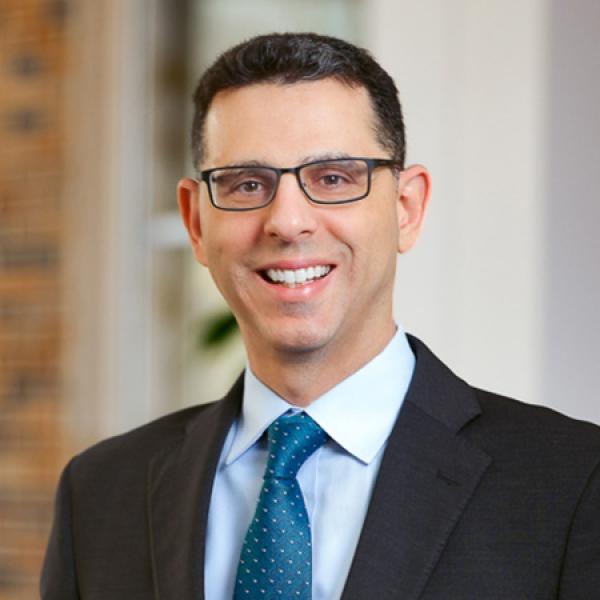CEO Turnover at Dual-Class Firms
Key Finding
Dual-class CEOs stay longer mainly due to fewer M&As, not entrenchment, and poor performance still leads to their turnover
Abstract
In recent years, an increasing percentage of tech companies have gone public with a dual- class structure, where founders hold high-vote stock. Commentators argue that this entrenches founder-CEOs, allowing them to retain power long after the IPO. We examine a sample of U.S. VC-backed firms that went public from 2002 to 2020. Our time-to-event analysis finds that CEOs of dual-class firms have a median post-IPO tenure of 6.6 years, compared to 4.3 years for a matched sample of single-class firms. While this supports concerns of CEO entrenchment, the difference is largely due to a higher rate of M&A sales involving single-class firms. Excluding M&A-related turnover, there is no significant difference in CEO tenure, challenging the view that dual-class structures shield underperforming CEOs from internal pressure to step down. Furthermore, poor shareholder returns frequently precede turnover of dual-class CEOs, and news coverage often mentions poor firm performance as a reason for the change. Most dual-class turnovers occurred well before any sunset clauses were triggered, calling into question the focus on this governance mechanism.







